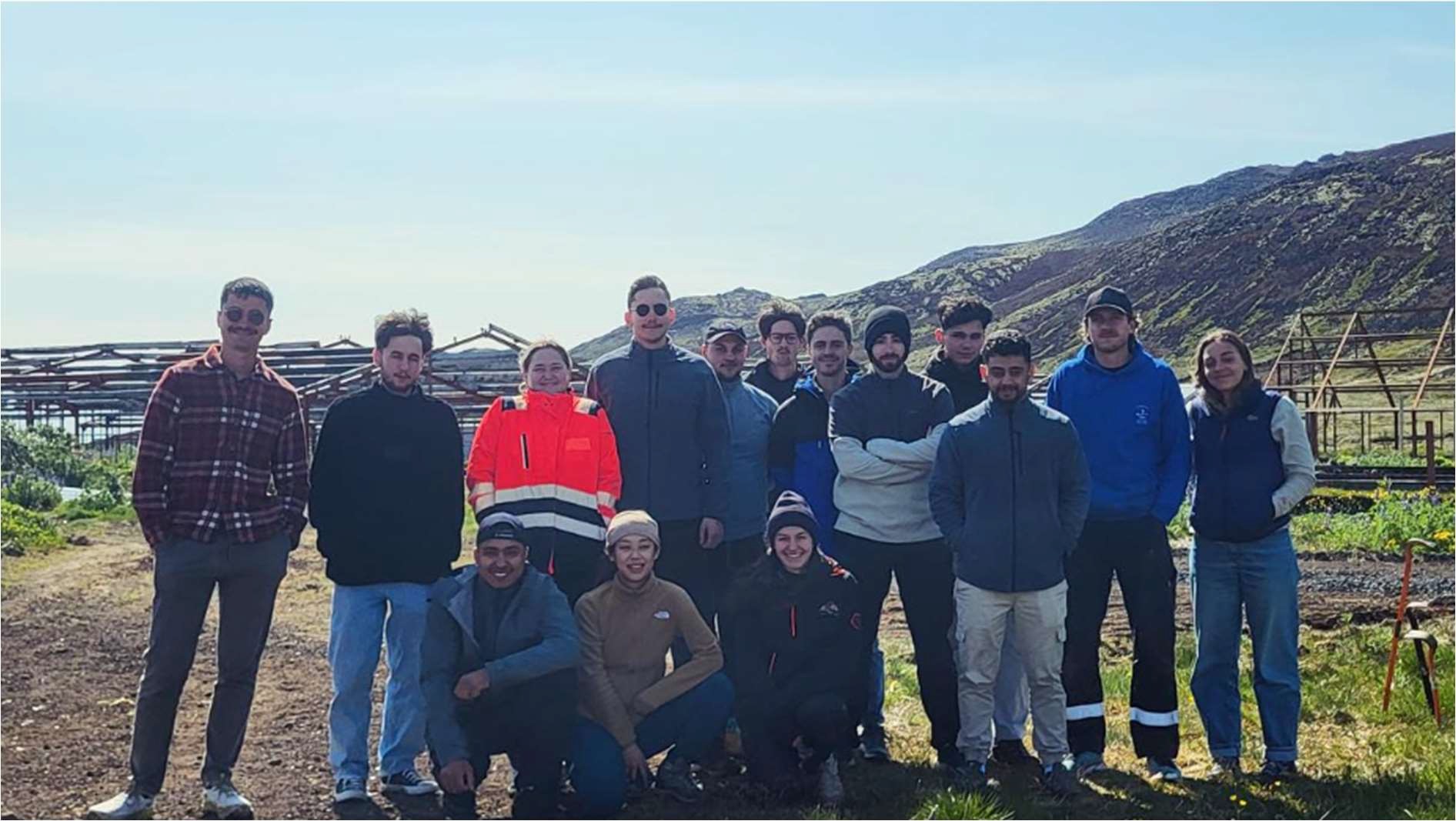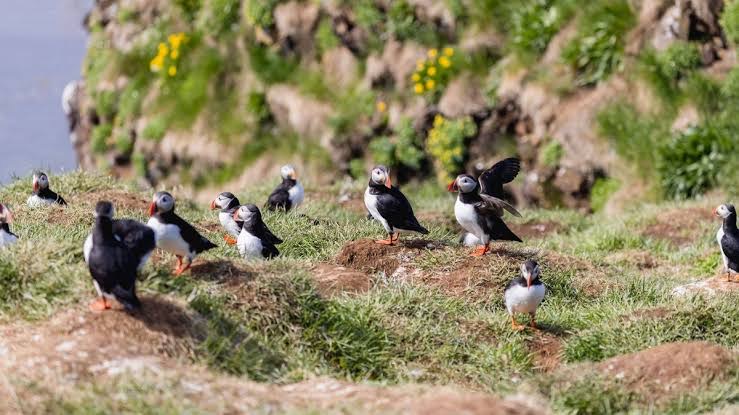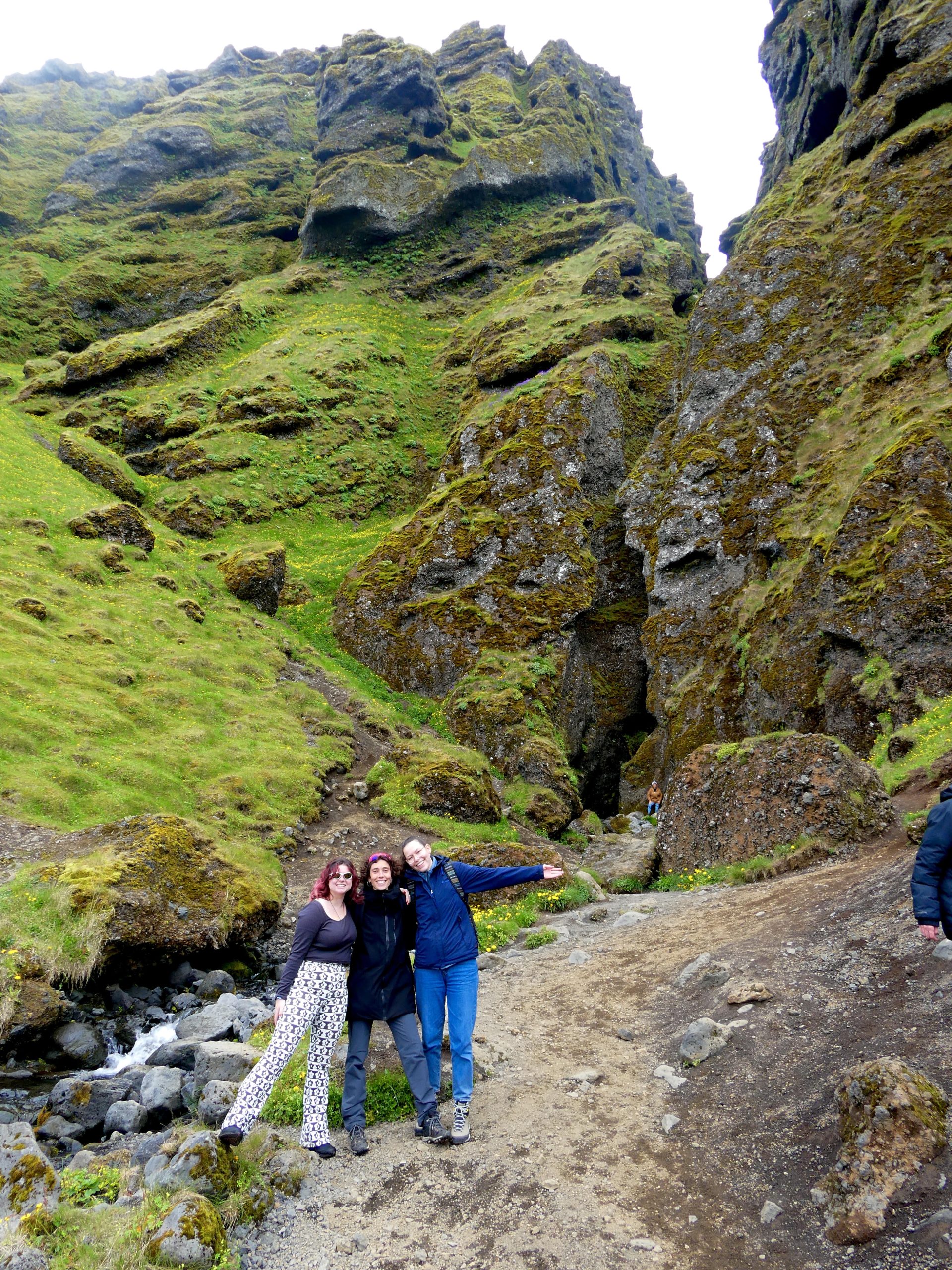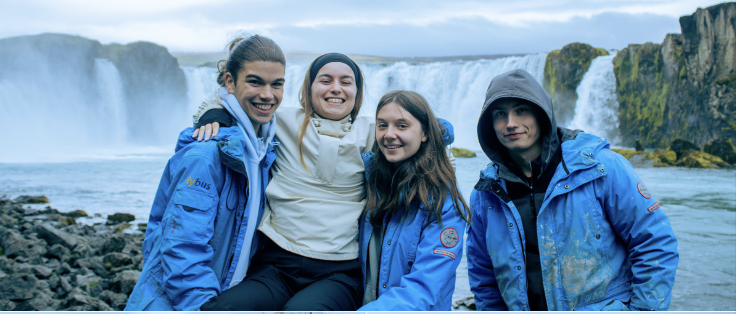Thanks to the technology and futuristique enginering, they can grow tomatoes, peppers and even bananas in iceland. This is due to the geological lag, so they can harvest almost carbon neutral. The good thing about these innovations is that iceland has more jobs offer and has to import less food from other countries. We visited Friöheimar, a greenhouse close by the golden circle. This is what they could tell us:
[ngg src=”galleries” ids=”11″ display=”basic_thumbnail” thumbnail_crop=”0″]
Friöheimar
Greenhouse growing has been practiced here at Friöheimar since 1946. The current owners, horticulturist Helena Hermundardóttir and agronomist Knútur Rafn Ármann, have lived here since 1995, along with their children, who also actively participate in the farming. Tomatoes are grown at Friðheimar all year round in 5,000 square metres of electrically lit greenhouses. Annual production of tomatoes is about 300 tons, which is about 18% of Iceland’s total tomato market. Here, tomatoes are harvested every day of the year, despite long, dark and cold winters.
Iceland’s rich natural resources help…
HOT WATER
There is plenty of hot water in the ground here. The borehole is 200 m from the greenhouses and the water is about 95°C / 203°F when it enters them. In order to allow the most sunlight to enter, glass panes are only 4 mm thick, and therefore, a large amount of hot water is needed – about 100,000 tons per year!
COLD WATER
Water for irrigation is from the same source as the home drinking water. Since tomatoes are about 90% water, the quality of irrigation water is very important.
ELECTRICITY
Iceland has abundant “green electricity” generated by hydro-electric and geothermal power stations. Grow lights are used in the greenhouses to ensure year-round production. Electric power used at Friðheimar is about 1.2 megawatts or about 5.3 million kilowatt-hours – which is equivalent to the domestic use of a town of 3,000 persons.
CO2
Carbon dioxide is derived from natural steam at Hæðarendi in Grímsnes, where it is then pumped into a tanker truck and delivered here, where it is used to improve photosynthesis. Friðheimar uses well over 100 tons of carbon dioxide annually.
PUMICE
Many growers use volcanic tuff, such as pumice from Mt. Hekla, as a growing media, which can be continuously used for several years. Growing in pumice makes it simpler to control moisture and fertilization than if soil is used.
Help from overseas…
BIOLOGICAL CONTROL
No pesticides are used at Friðheimar. Biological control is very effective against pests. For example, the mirid bug (Macrolophus caliginosus), imported from Holland, eats just about all the insect pests found in Icelandic greenhouses
BUMBLE BEES
Bumble bees are also imported from Holland and they pollinate the tomato plants. At Friðheimar there are about 600 bees that work pollinating flowers, and each bee can visit up to 2,000 flowers a day!
Technology lightens the load…
Control computers in each greenhouse control heat, humidity, carbon dioxide and lighting. Control computers are linked with fertilizer blenders that water the plants according to a pre-determined schedule. Weather stations on the rooftops obtain information on wind speed, wind direction, temperature and sunlight. All these devices are in turn connected to the main computer, which is linked to the internet. This allows the couple who owns Friðheimar to go on the internet, wherever they are in the world, and monitor status, change settings and control wateringbecome more sustainable.
become more sustainable.
As a visitor you also have the option to eat in the greenhouse next to tomato plants. In this way they make people more aware and have less food waste. WIN WIN.






